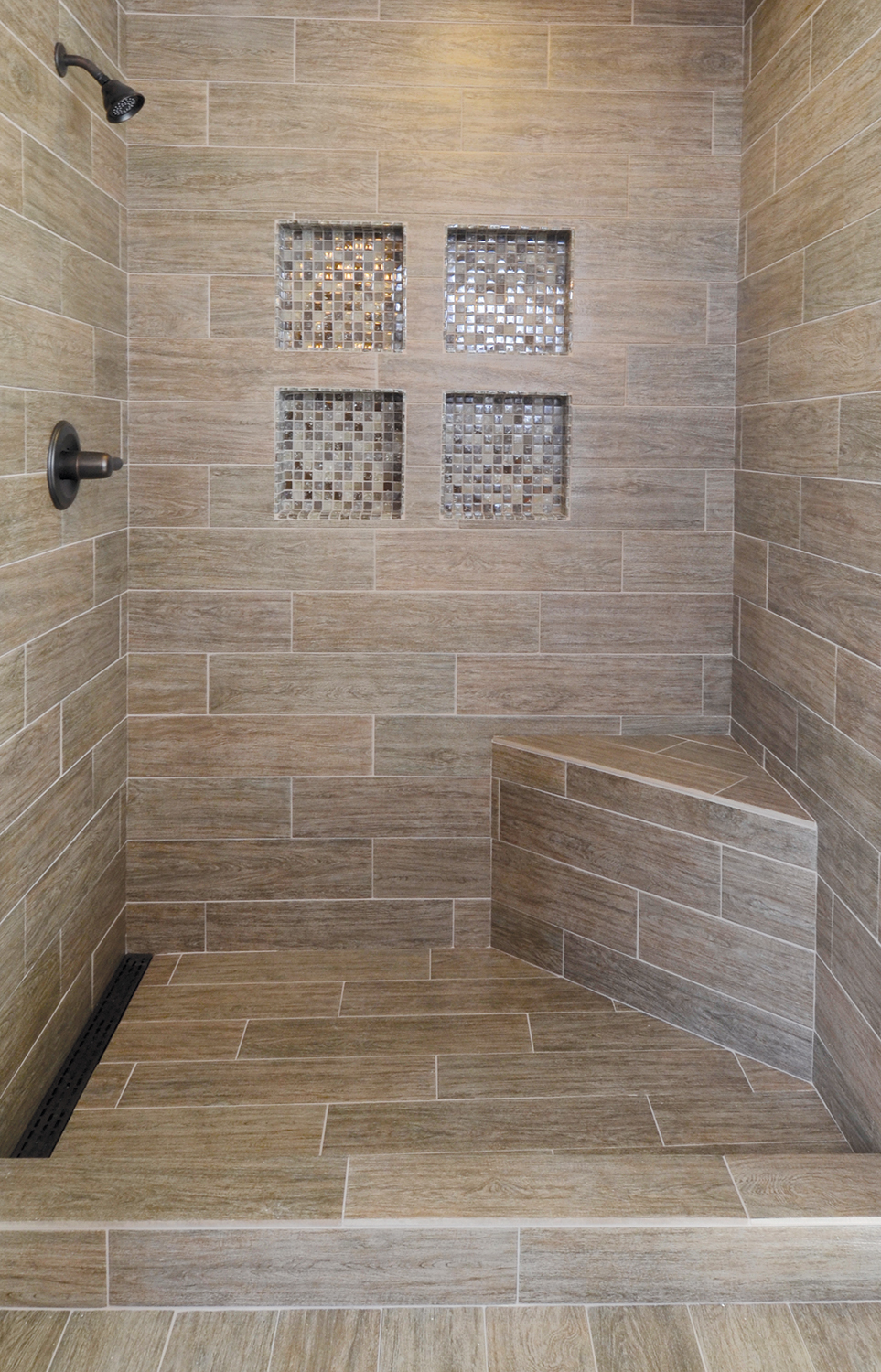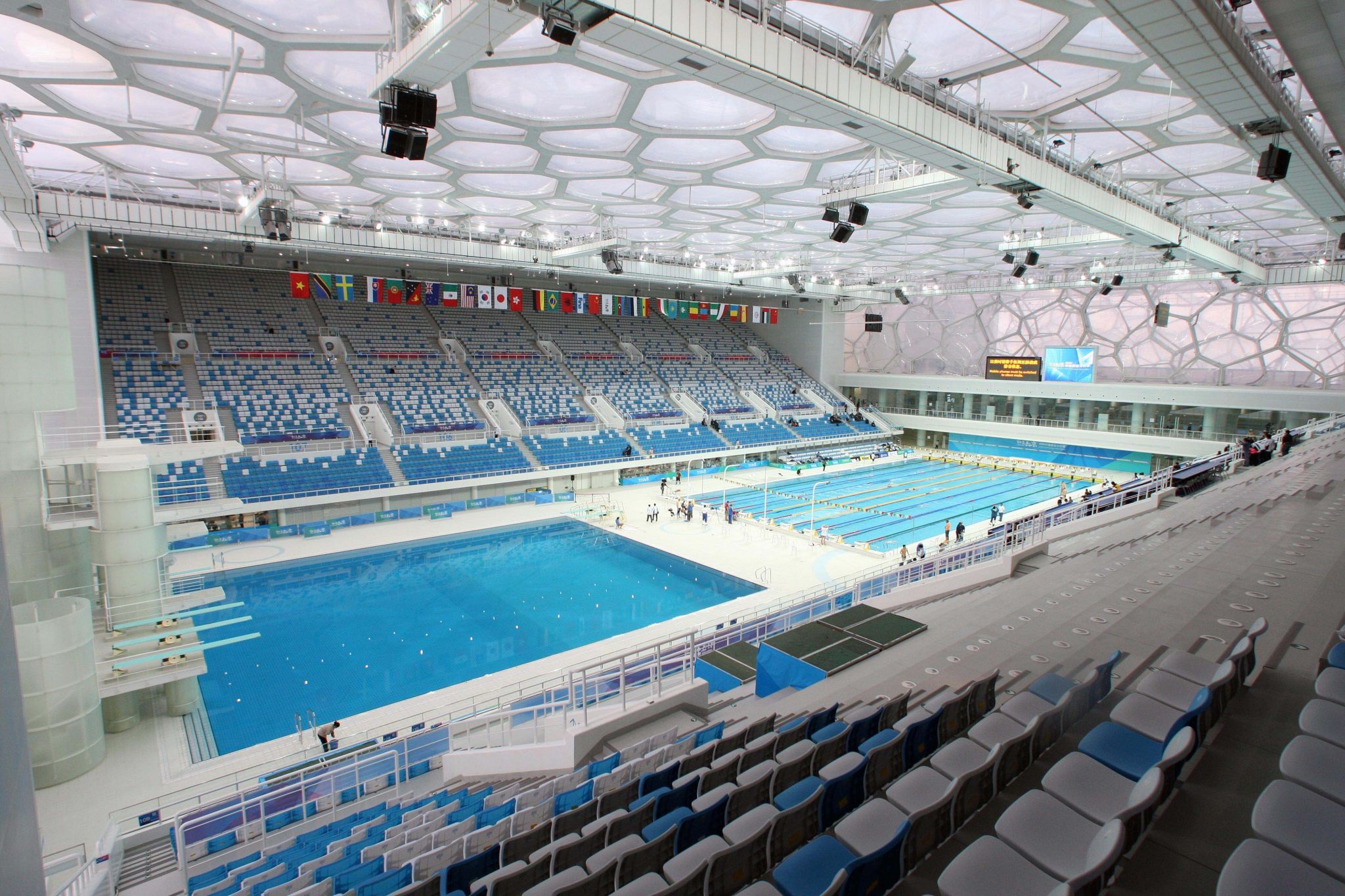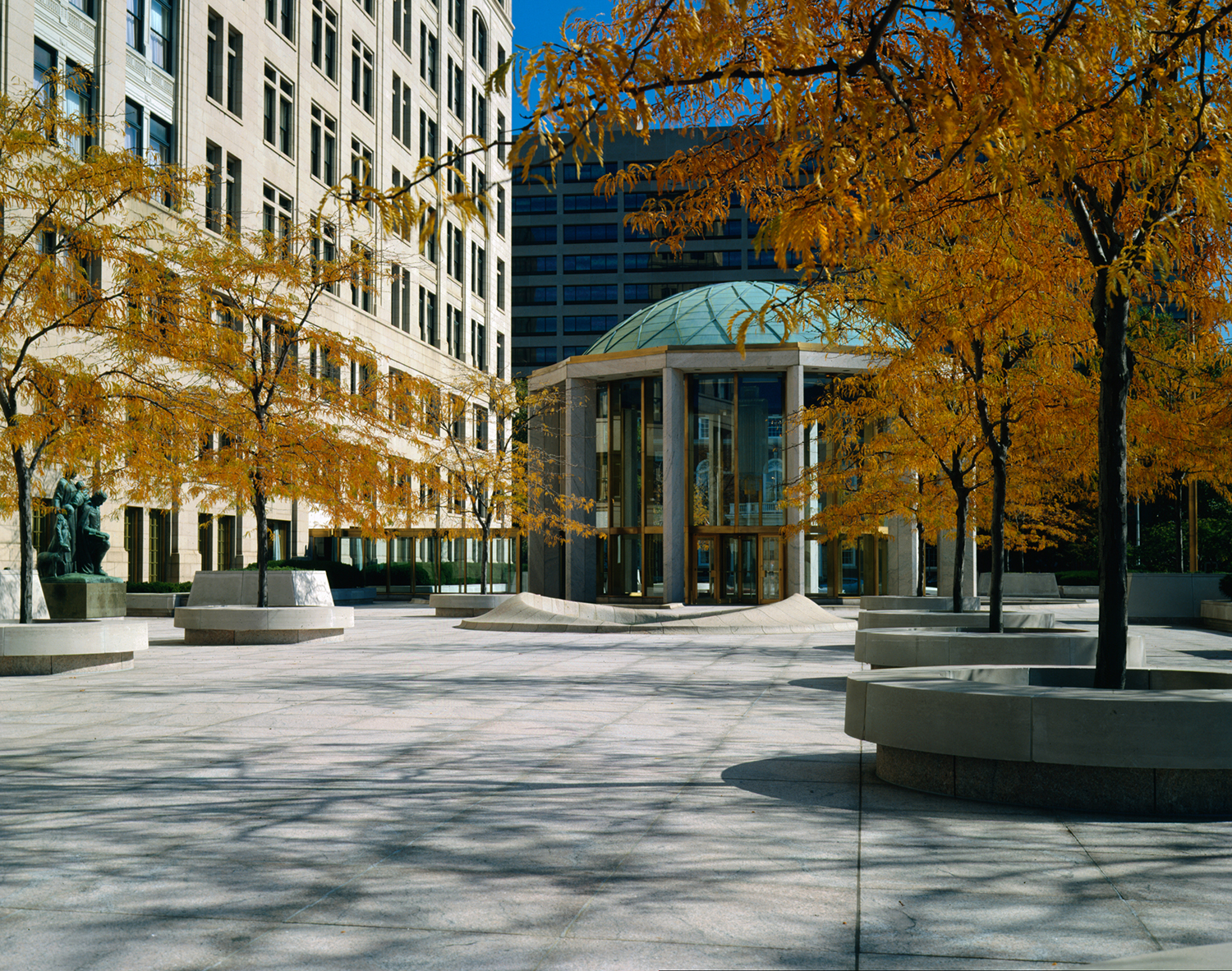Tile and stone waterproofing design

Patios and decks
As per the 2005 National Building Code of Canada (NBC), patios and decks are deemed to be ‘roofs,’ regardless of whether or not they are over living space. As such, they require an approved roofing material if they are not flow-through. Plywood will age due to moisture condensation, so more moisture-resistant substrate materials are recommended. The design professional must be sure to use proven systems when specifying patios and decks.
Similar to practices for exterior façades, ensuring frost resistance is critical for mortar beds, waterproofing, bonding mortars, and tile grout. Component compatibility and installation at a temperature of 12 C should also be conducted. Additionally, expansion, movement, and control joints must be incorporated.
Care should be taken when flashing the waterproofing in coves against perpendicular surfaces. Drains must be included where required, and designed to permit drainage of water at the tile and waterproofing membranes’ surface. Finally, a minimum slope of two per cent away from the building is necessary.
Continual moisture control
Areas requiring continual moisture control include pools, water-treatment facilities, fountains, and industrial facilities with continual water flow.

Industrial and commercial flooring
Interior industrial and commercial installations over concrete slabs—such as food plants, dairies, breweries, and commercial kitchens—will often be subject to hosing down and/or cleaning with aggressive bacterial cleaners. The concrete floor systems over which the tile will be installed must conform to the 2005 NBC and applicable local building codes, taking into consideration anticipated live and dead loads.
For these systems to be successful, tile, grout, and movement joints should be chemical-resistant. The entire assembly should meet ASTM C627, Standard Test Method for Evaluating Ceramic Floor Tile Installation Systems Using the Robinson-type Floor Tester. Drains should also be provided where required, and designed to permit adequate water drainage.
Steam rooms
Steam rooms are the ultimate challenge for moisture control as they are hot, humid environments surrounded by colder walls. The use of a vapour retarder is incorporated to control vapour transmission to the wall cavity. In most cases, the waterproof membrane and vapour barriers are not in the same location in the section design—however, the industry is developing new waterproof materials that are vapour barriers.

For these high-use areas, a waterproofing membrane in required. All materials employed—including tile, grout, and movement joints—should be suitable for a steam rooms’ typical operating temperatures of 43 to 46 C (110 to 115 F). A sufficient bond coat to ensure a minimum of 95 per cent contact on wet areas should be employed, as well as adequate drainage.
Pools, therapy pools, spas, and fountains
Without a doubt, the most intricate use of waterproofing for tile and stone are pools and water features—these require extra attention to each and every component of the installation.
Cured concrete should be designed for no deflection when the pool or tank is filled. Any exterior installations should include frost-resistant tile. Lastly, all pipes and protrusions must be treated to ensure waterproof integrity.
Conclusion
As indicated, moisture control is a crucial component of tile or stone installations where water is involved. Assurance all the finishing materials and installation components are designed for their intended use is crucial to a project’s overall success and long-term performance.
 William Sturrock is a technical representative for Laticrete International—a manufacturer of ceramic tile and stone installation systems. He is a 25-year committee contributor to the Terrazzo, Tile, and Marble Association of Canada (TTMAC). Sturrock was the 2001 recipient of the TTMAC Award of Merit. He can be reached by e-mail at wsturrock@sympatico.ca.
William Sturrock is a technical representative for Laticrete International—a manufacturer of ceramic tile and stone installation systems. He is a 25-year committee contributor to the Terrazzo, Tile, and Marble Association of Canada (TTMAC). Sturrock was the 2001 recipient of the TTMAC Award of Merit. He can be reached by e-mail at wsturrock@sympatico.ca.







